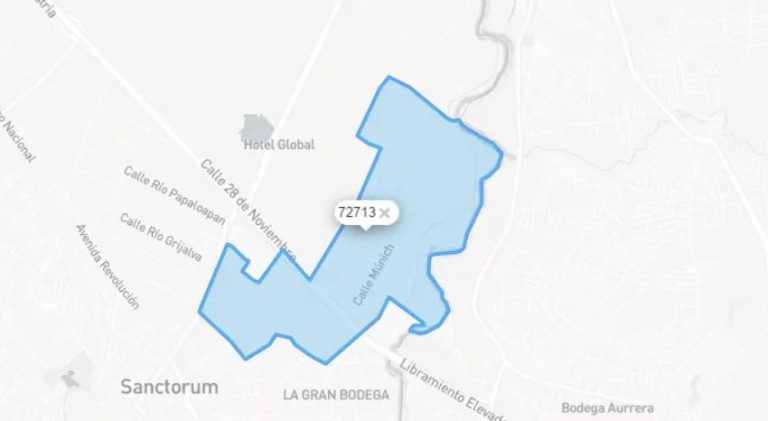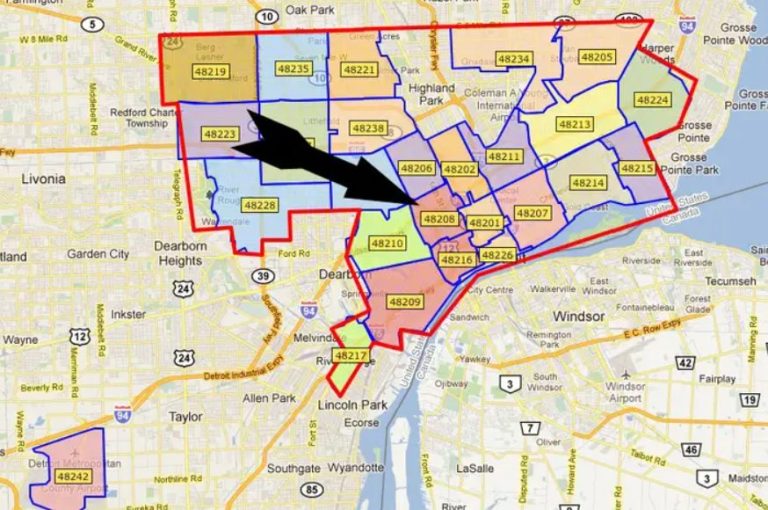I. The Birth of ZIP Codes
1.1 The Postal Service’s Challenge
Before the advent of ZIP codes, the U.S. Postal Service faced a monumental challenge in efficiently sorting and delivering mail. The rapidly growing population and expanding urban areas made the manual sorting process increasingly cumbersome and time-consuming.
1.2 The Solution: Zone Improvement Plan
In 1963, the Postal Service introduced the Zone Improvement Plan (ZIP), a revolutionary system designed to streamline mail delivery. The system divided the country into ten geographical zones, each represented by the first digit of the ZIP code. The remaining four digits further refined the location, pinpointing specific delivery areas within each zone.
II. Decoding the Five Digits
2.1 The First Digit: National Area
The first digit of a ZIP code designates one of the ten major geographical areas in the United States. For example, ZIP codes starting with ‘0’ represent the Northeast, while those starting with ‘9’ represent the West Coast.
2.2 The Second and Third Digits: Sectional Center Facility
The second and third digits identify the sectional center facility (SCF) responsible for processing and distributing mail within a specific region. Each SCF serves a cluster of post offices, ensuring efficient mail handling within its jurisdiction.
2.3 The Fourth and Fifth Digits: Delivery Area
The final two digits pinpoint the precise delivery area within a ZIP code. These could represent individual post offices, neighborhoods, or even large buildings or institutions.
III. Beyond Mail Delivery: ZIP Codes in Action
3.1 Demographic Insights
ZIP code info extends far beyond mail delivery. ZIP codes are often used to gather demographic data about specific areas. This information can include population density, age distribution, income levels, education levels, and even consumer preferences. Businesses and marketers leverage this data to target their advertising and marketing efforts effectively.
3.2 Socioeconomic Analysis
Researchers and social scientists also utilize ZIP code info to conduct socioeconomic analyses. By examining the correlation between ZIP codes and various socioeconomic factors, they can gain insights into social mobility, economic disparities, and community development.
3.3 Targeted Marketing
Businesses rely heavily on ZIP code info to tailor their marketing campaigns. By understanding the demographics and consumer behavior within specific ZIP codes, they can create targeted advertisements and promotions that resonate with their intended audience. This approach maximizes the effectiveness of their marketing efforts and minimizes wasted resources.
3.4 Risk Assessment
Insurance companies and financial institutions use ZIP code info for risk assessment. Certain ZIP codes may be associated with higher crime rates, natural disaster risks, or other factors that could influence insurance premiums or loan eligibility.
3.5 Location-Based Services
ZIP code info plays a crucial role in location-based services. From ride-sharing apps to food delivery platforms, many services rely on accurate ZIP code data to pinpoint user locations and provide efficient service.
IV. ZIP Code Challenges and Evolution
4.1 The Rise of E-commerce
The exponential growth of e-commerce has posed new challenges for the Postal Service and the use of ZIP codes. The sheer volume of packages and the need for accurate address verification have pushed the system to its limits.
4.2 Address Verification
Ensuring accurate address information is crucial for successful mail and package delivery. The Postal Service utilizes advanced address verification tools and databases to validate ZIP codes and other address components.
4.3 ZIP+4 Codes
To further enhance mail delivery precision, the Postal Service introduced ZIP+4 codes. These nine-digit codes add four additional digits to the standard five-digit ZIP code, further refining the delivery location.
4.4 The Future of ZIP Codes
As technology continues to advance, the use of ZIP codes is likely to evolve. The integration of GPS data, machine learning algorithms, and other innovative solutions could further enhance mail and package delivery efficiency.
V. Conclusion
ZIP code info is far more than just a tool for mail delivery. These numerical codes hold a wealth of information about geographical areas, demographics, and socioeconomic factors. Businesses, individuals, and researchers can leverage this data to gain valuable insights, make informed decisions, and improve their overall efficiency. As the world becomes increasingly interconnected, the importance of accurate ZIP code info is only set to grow.
Read More: The Mystery of the North Pole Postal Code: Unwrapping the Arctic Address







